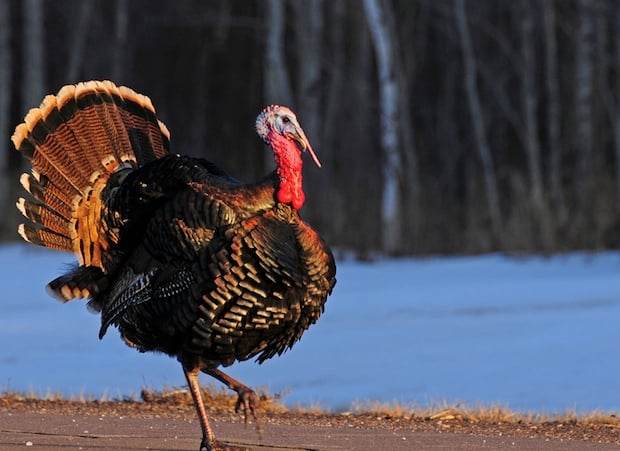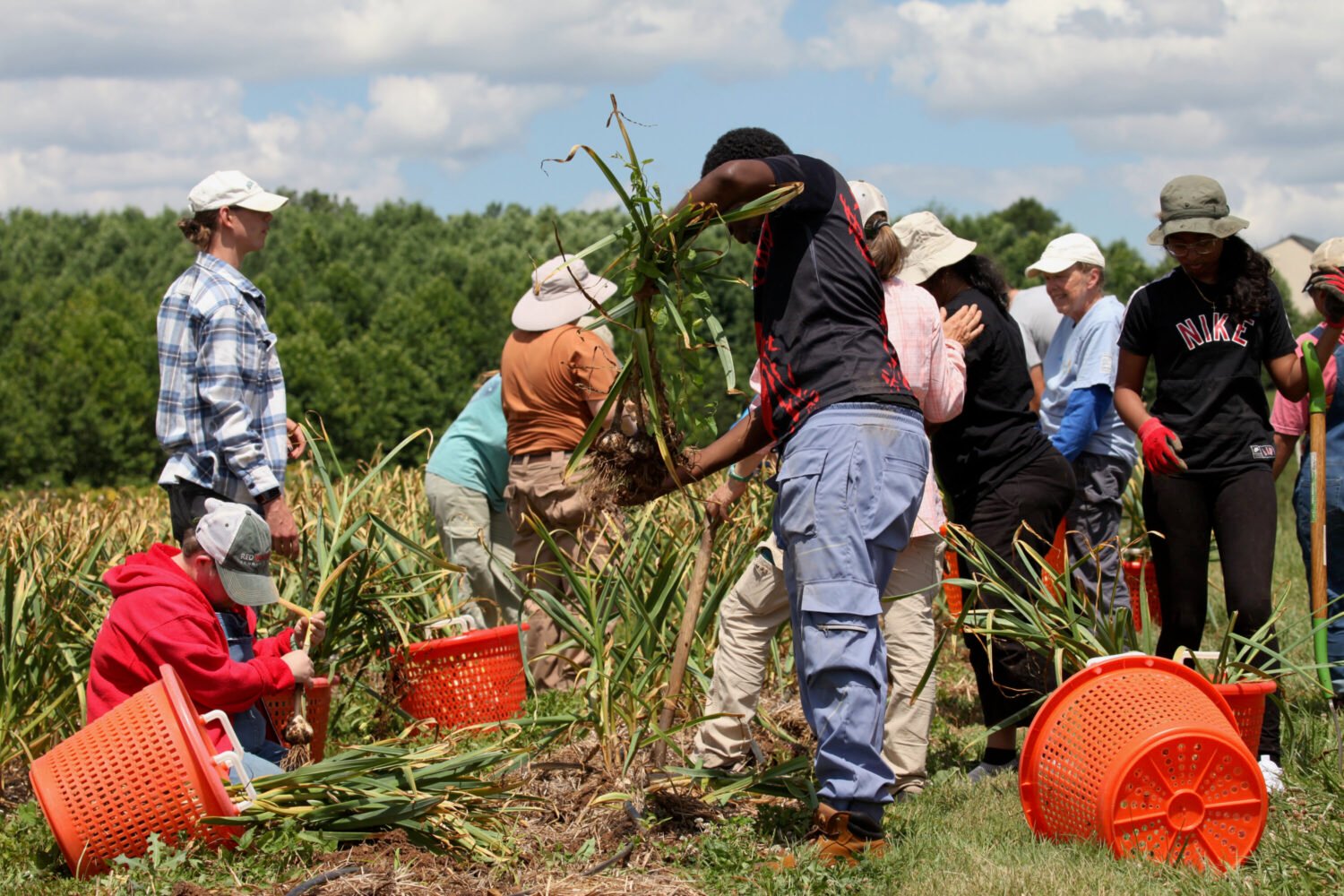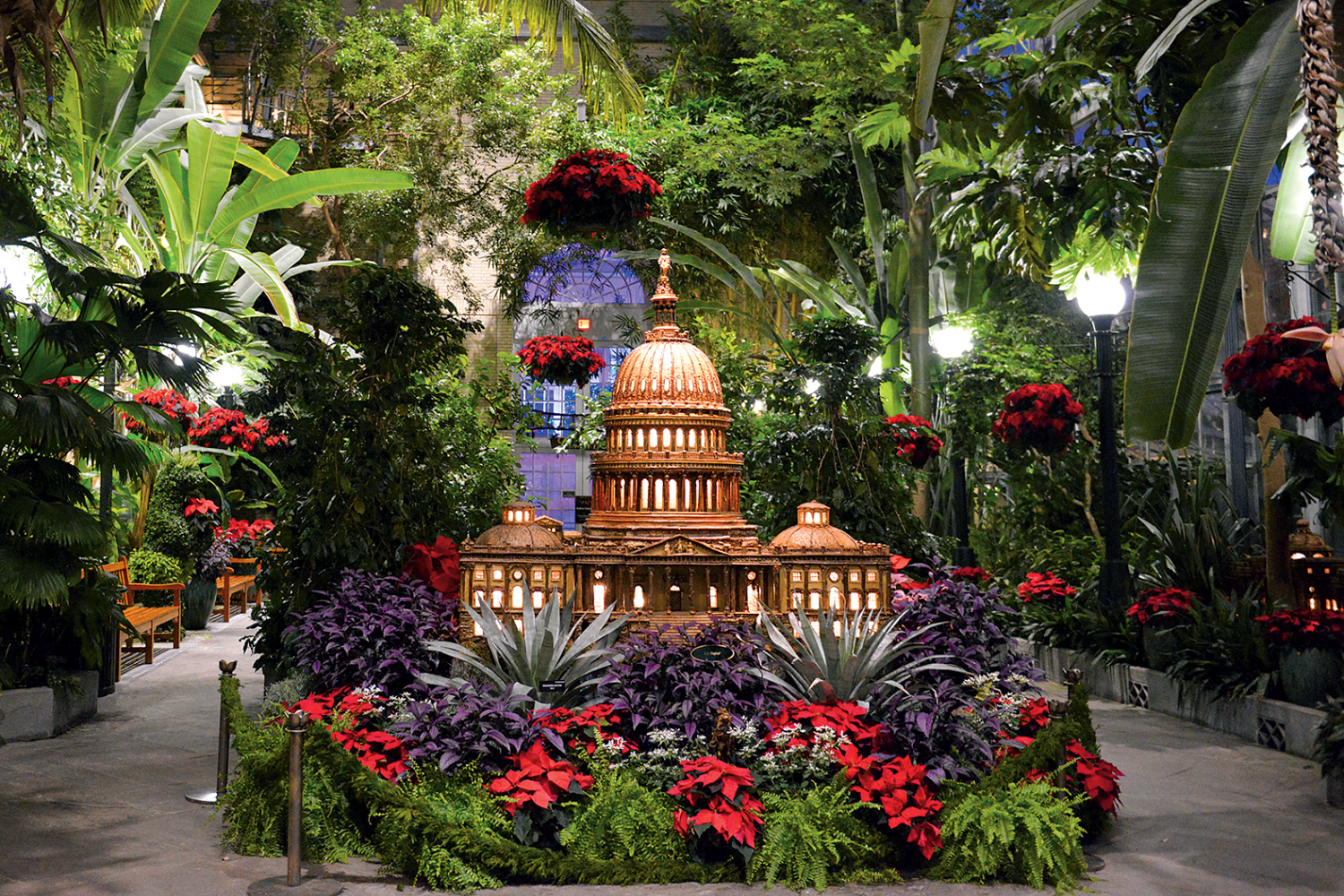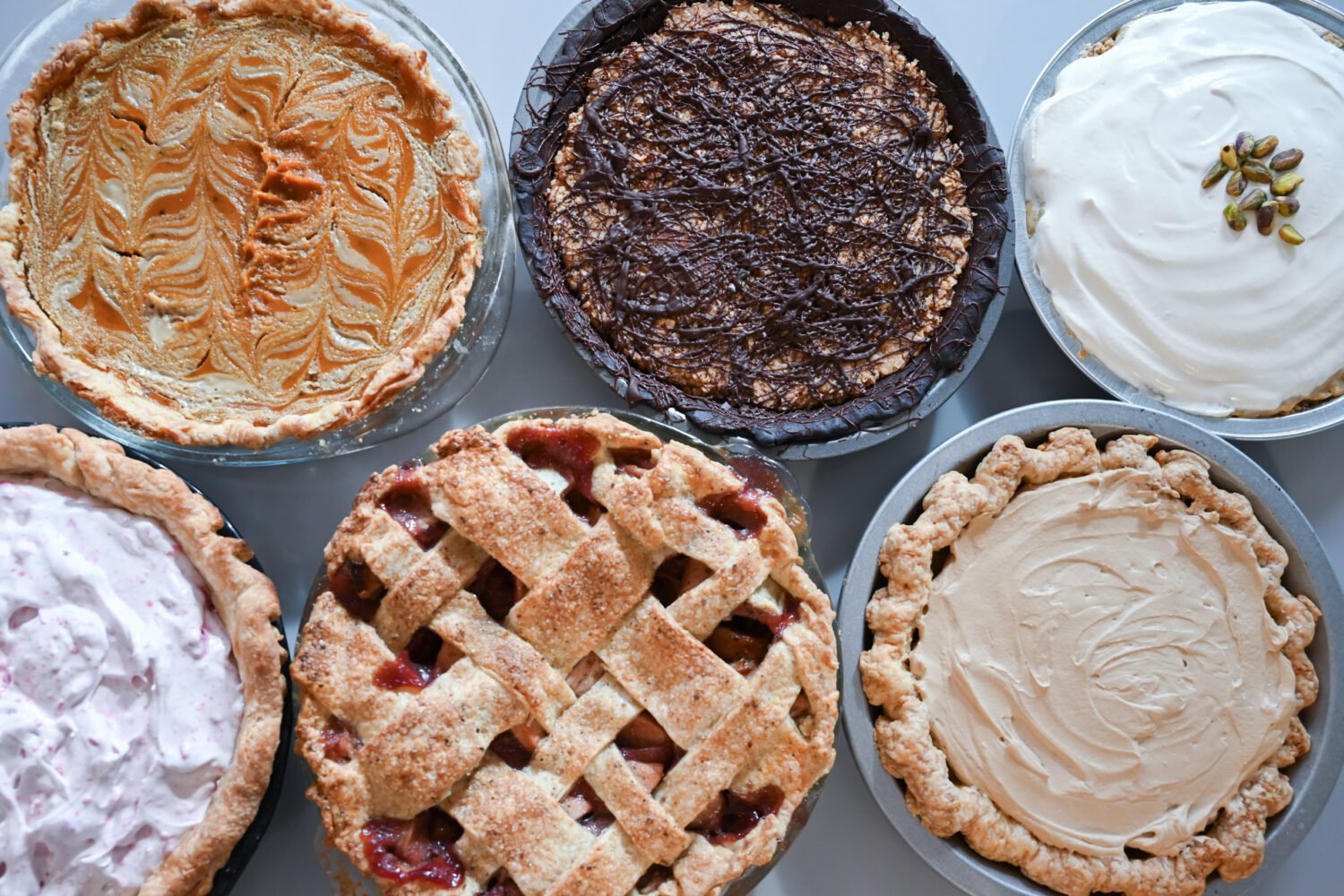This time of year, the hottest bird in the culinary world is the heritage turkey (sorry, squab). So what exactly is it, where can you find one, and how do you cook it? We asked chef Nate Anda of Red Apron Butchery, who sources and prepares local heritage turkeys (au naturale and brined) every Thanksgiving at his three butcher shops.
Heritage refers to the breed, not certified-organic, free-range, etc.
Just because a bird is called heritage doesn’t mean that it’s automatically free-range and certified-organic—though most spend their lives outdoors, and may eat an organic diet. The term refers to specific, naturally-mating breeds that were historically raised in the United States before the age of factory farming and cross-breeding poultry for certain “desirable” traits (i.e.abnormally large breast areas). They also have a slow–natural–growth rate.
Heritage turkeys look—and taste—different than industrially-raised birds.
“Heritage turkeys have firmer flesh and dark meat that’s well-exercised and collagen-rich,” says Anda. They also have breast meat that’s proportionate to the rest of their bodies, meaning you’ll find a fairly even balance of white and dark meat. The overall flavor is more robust, like the difference between a grass-fed steak and commercial cow. Local markets sell heritage turkeys big enough to feed a crowd, though generally they’re smaller.
You need to cook heritage turkeys differently.
“The more proportionate sized breasts can dry out quicker,” says Anda. He recommends three techniques for juicy white meat: barding, which means wrapping the turkey in bacon or pancetta; topping the breast portion with an oil-rubbed cheesecloth; or rubbing butter or duck fat under the skin. Due to heritage turkeys being smaller than industrially raised birds, they also cook faster.
“Insert a thermometer into where the thigh meets the breast,” advises Anda. “If your thermometer registers 145 degrees, your bird is ready to take out of the oven. Let it rest at room temperature for a minimum of 20 minutes prior to carving. Do not skip this step, as tempting as it is.”
While the USDA recommends oven-cooking turkey to 160 degrees, Anda says there’s enough carryover cooking while the bird rests, and it will reach that temperature. “If you value caution over juiciness, leave your turkey in the oven until the internal temperature registers 160 degrees.”
With heritage turkeys, trust your instincts over recipes.
“All ovens are different and turkeys are like snowflakes,” says Anda of the birds, which naturally vary in size and shape. “Periodically look at your turkey as it cooks. If you notice halfway through the cooking process that your bird’s skin is getting really dark, your instinct to lower the oven temperature or shorten the cooking time is a good one – trust it.”
Amish turkeys are not necessarily heritage.
You’ll see a number of places advertising “Amish turkeys,” but that doesn’t guarantee a heritage breed, despite the temptation to believe all things Amish are wholesome and old time-y. “An Amish turkey comes from an Amish source,” says Anda. “It could mean that a turkey is raised on Amish property, or by an Amish farmer. The way it is raised varies from farmer to farmer, so you’ll still want to look for other descriptors.”



















